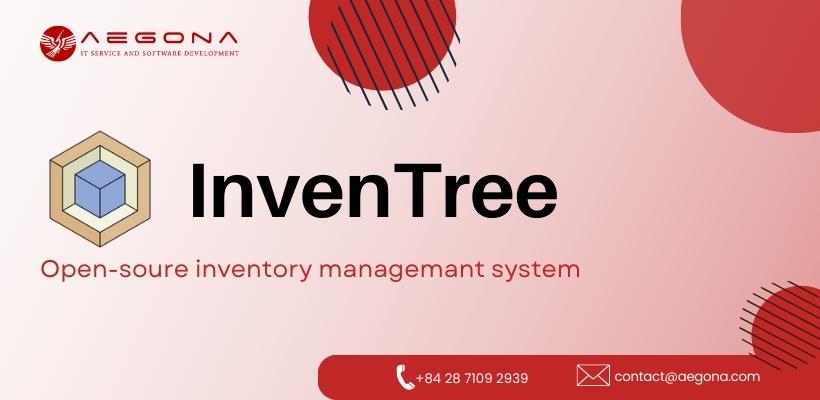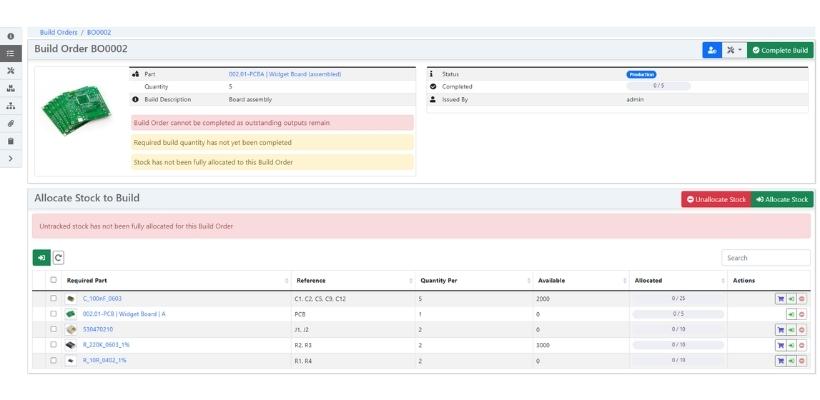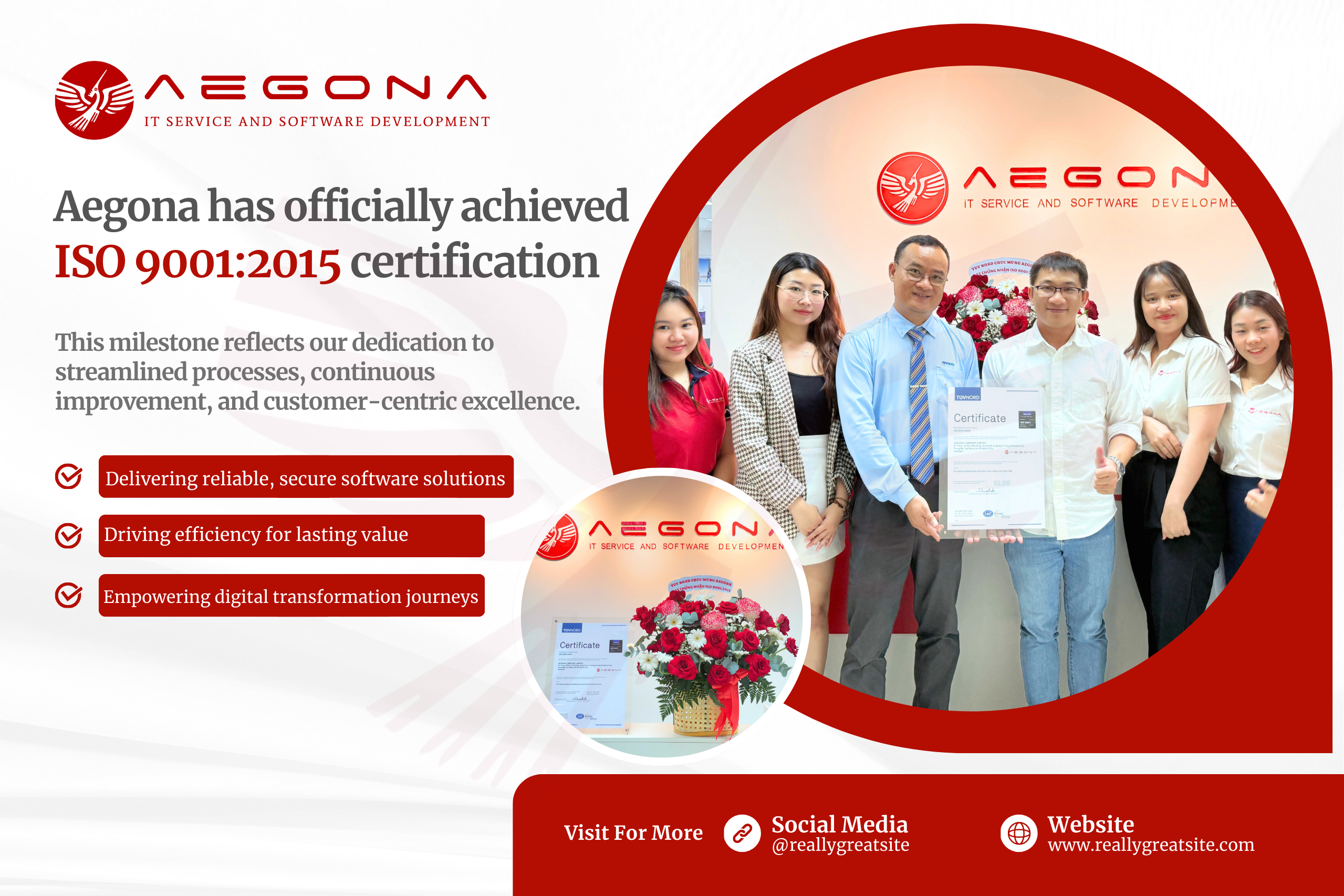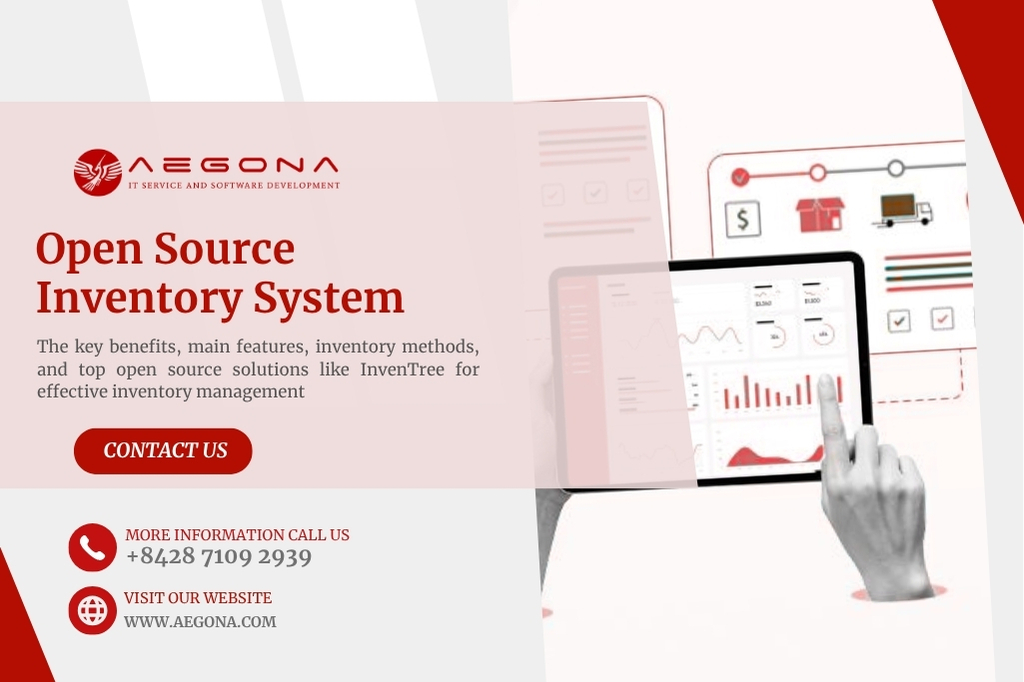Software development based on InvenTree open-source

InvenTree is an open-source inventory management system that offers efficient parts organization and stock management and it prioritizes simplicity.
1. What is an InvenTree?
InvenTree is an open-source inventory management system that offers efficient parts organization and stock management.
It prioritizes simplicity and is ideal for small to medium-sized enterprises (SME) or hobbyist uses, addressing the issue of cumbersome and complex existing stock management solutions. Despite its lightweight nature, InvenTree operates with robust business logic in the background, ensuring comprehensive stock tracking history while granting users easy access to stock levels. Its design allows for adaptable installation options.
Built on Python and Django, InvenTree employs a relational database to store data and delivers this information to users through a web browser. Additionally, it offers the possibility of integration into customized applications through an API.

2. What are the features of an InvenTree?
Organize Parts: Parts serve as the fundamental building blocks within any inventory system. InvenTree categorizes these parts into structured groupings, enabling tailored organization to suit specific requirements.
Manage Suppliers: InvenTree simplifies the process of creating, modifying, or removing suppliers and their associated items linked to any inventory part.
Instant Stock Knowledge: Obtain immediate visibility into the current stock levels for a specific part, within a designated location, or needed for a particular project. The stock items are arranged hierarchically into locations and sub-locations, facilitating flexible stock assessment within any given location. Furthermore, stock items can be serialized for tracking individual items, and test results can be recorded against serialized stock items for acceptance testing and commissioning purposes.
BOM Management: InvenTree offers intelligent management of Bills of Materials (BOMs), providing a clear understanding of the sub-components required to create a new part. Users can upload simple BOM files in various formats and download comprehensive BOMs containing all pertinent information stored in the database.
Build Parts: InvenTree features a system for managing builds, aiding in tracking the progress of projects. Builds involve the consumption of stock items to manufacture new parts, and users can opt for automatic or manual allocation of parts from the existing inventory.
Report: Generate a diverse array of reports using customizable templates.
API: InvenTree's core software is built upon a RESTful API, which can be utilized by external applications. Additionally, a native Python binding library is supplied to facilitate the rapid development of programs for integration with InvenTree.
Extend and Customize: InvenTree is intentionally designed for high extensibility. If the primary InvenTree functionalities do not align with your specific requirements, the platform offers a robust plugin system that enables the extension of core functions based on individual needs.

3. Which are the main functionality InvenTree focus on?
Various systems exist within the industry to oversee the acquisition, storage, and production of parts. This overview provides insight into their purposes and the meanings behind their acronyms.
InvenTree primarily emphasizes IMS and PLM functionalities.
Inventory Management System (IMS): Centers around the production of parts using other parts and effectively monitors aspects such as stock levels, part origins, orders, shelf life, and more.
Part Library Management (PLM): Tracks Bill of Materials (BOMs), part variations, potential substitutions, versions, IPNs, and additional part attributes. PLM can also refer to product lifecycle management, overseeing stages from design to manufacturing, customer support, and recycling.
Material Resource Planning (MRP): Material Requirements Planning (MRP) software assists businesses in efficiently managing manufacturing processes. It aids in planning and controlling inventory, production schedules, and procurement activities. MRP software uses algorithms and various data inputs like sales forecasts, production capacity, and bills of materials to create material requirements plans, schedule production orders, and optimize inventory levels.
Asset Management (AM): Manages distinct items that require individual tracking and can be assigned to users, groups, or locations. These systems often include features like item states, refurbishment, maintenance, reservations, and request workflows. They are frequently used for IT hardware and are referred to as ITAM. An excellent open-source example is Snipe-IT.
Enterprise Resource Planning (ERP): Serves as the core of a business, managing timesheets, warehousing, finances (pricing, taxes, etc.), customer relations, and more. InvenTree covers aspects of ERP but emphasizes an intuitive and straightforward user interface. Well-known comprehensive ERPs include ERPNext and Odoo.
Customer Relationship Manager (CRM): Customer Relationship Management (CRM) technology handles all interactions and relationships between a company and its customers, both current and potential.
Manufacturing Execution System (MES): A Manufacturing Execution System (MES) supervises, monitors, records, and oversees the complete manufacturing process, from raw materials to finished products.
4. Aegona - InvenTree application company in software development

Aegona is a software development company in Vietnam. We are trusted by most customers to develop inventory management software for their businesses.
Based on open-source InvenTree, we will customize it according to the customer's feature needs. Because the InvenTree source code has a variety of different features, inventory management software will not need to use all of these features, so customers can choose the desired items to appear in their software.
In addition, we also integrate an inventory scanner that records the indicators of when goods are imported and exported from the warehouse. This allows businesses and transporters to easily control how their goods enter and leave the warehouse. From there, it increases accuracy and saves time for the business's monthly inventory processes.
If you are in need of developing an inventory system based on open-source code called InvenTree, you can consider partnering with Aegona. Contact email [email protected] immediately to receive quick support for your projects.

related post

Amid the vibrant working atmosphere at Aegona, this September and October will be more exciting than ever with the kickoff of the 2025 Internal Chess Tournament

As scheduled, the monthly internal event “Happy Hour” returned to Aegona’s office this September afternoon, bringing along a joyful atmosphere filled with connection, laughter, and positivity.

Discover the key software outsourcing trends in 2025, from AI, automation, hybrid outsourcing to workforce training. Understanding these trends helps businesses optimize costs and improve software quality.

On June 16, 2025, following a series of technical discussions and alignment on technology directions, Aegona and Biblia officially signed a strategic cooperation agreement to develop a comprehensive digital publishing platform that integrates both E-books and Audiobooks.

In the global software development market, outsourcing Node.js development in Vietnam has become one of the most strategic choices for startups, SMEs, and enterprises looking to optimize costs while maintaining top-notch quality.

We are proud to announce that Aegona has officially achieved ISO 9001:2015 certification, an internationally recognized standard for quality management systems.

Outsourced IT staff offers a strategic alternative: you get skilled professionals exactly when you need them, without the overhead of permanent hires.

Build custom ERP software to streamline operations, boost efficiency, and fit your business needs. A complete step-by-step guide.

Discover the best open-source inventory systems like InvenTree. Learn key features, benefits, and tools to optimize warehouse and inventory operations.

Discover how Tender Management software streamlines bidding, boosts efficiency, and when to choose a custom-built solution.

Discover the benefits of hiring offshore PHP developers in Vietnam and explore a step-by-step process to build a skilled, cost-effective development team.

Discover the key benefits and features of real estate app development in Vietnam for businesses aiming to grow in the digital property market.

Custom FinTech app development for banking, insurance, payments & more. Secure, scalable, and tailored to your business.

Odoo POS software is becoming an effective alternative to traditional POS systems thanks to its flexible integration capabilities and reasonable cost. Using sales management software plays an essential role in optimizing business operations. This article will help you compare Odoo software and traditional POS systems to find the most suitable option for your business.
